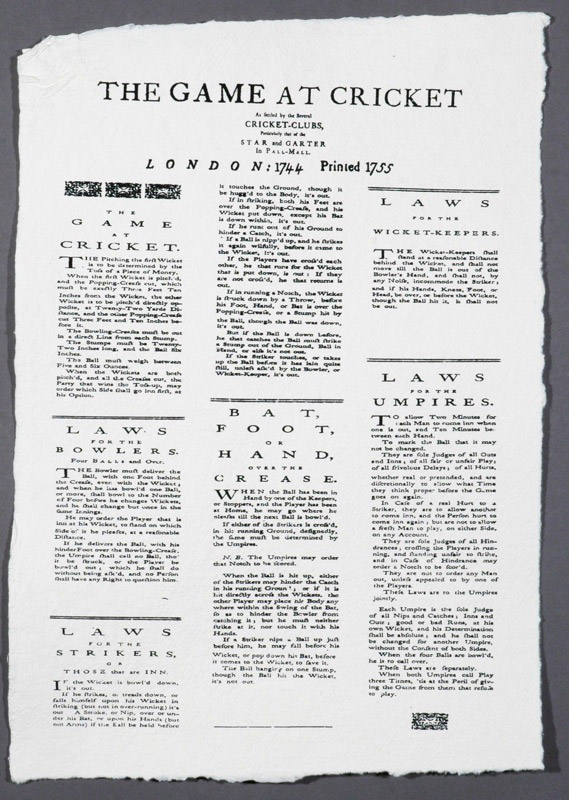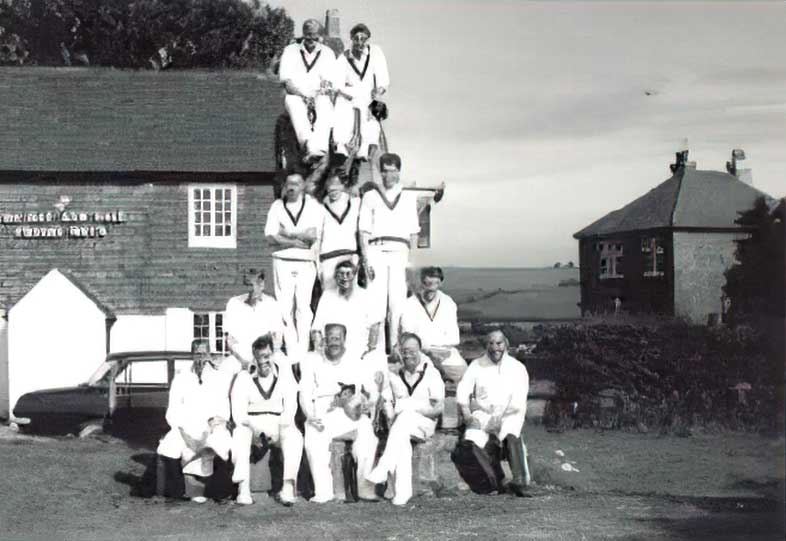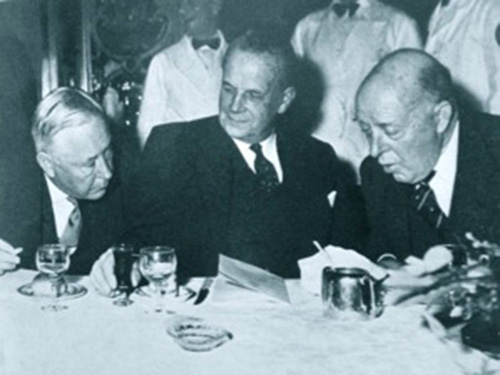The Original Laws of Cricket
Dating from 1744
These are facsimile copies of original documents printed by hand in black and white on hand-made parchment, in the manner of the time. There are a few parchments of each still available but no plans to reprint when current stock is exhausted.
The earliest laws of cricket were drawn up in 1744, at a meeting called by the Royal Artillery Company in London. These gentlemen, together with invited representatives from other leading clubs, took it upon themselves to regularise and commit to paper what they agreed after much debate were the usual rules of the game of cricket. But they were no more than what had been the prevailing norm for some 50 years. However, in the past, variations had not been unusual, especially when gambling was involved.
Hambledon won by and innings and 168 runs. Stake £1100.
This astonishing match gave Hambledon its greatest win ever over All-England.
James Aylward’s 167 was the highest individual score ever made in what then passed for the first-class game. His record was not broken for another 43 years.
This was also one of the first great matches to be played under the new third stump law, which makes Aylward’s feat all the more impressive. Its introduction meant that defence suddenly became as important a part of the game as attack. To survive for any length of time, let alone bat continuously for nearly two days, it was now paramount for a batsman to be technically sound, and play straight if he were to avoid being bowled.


